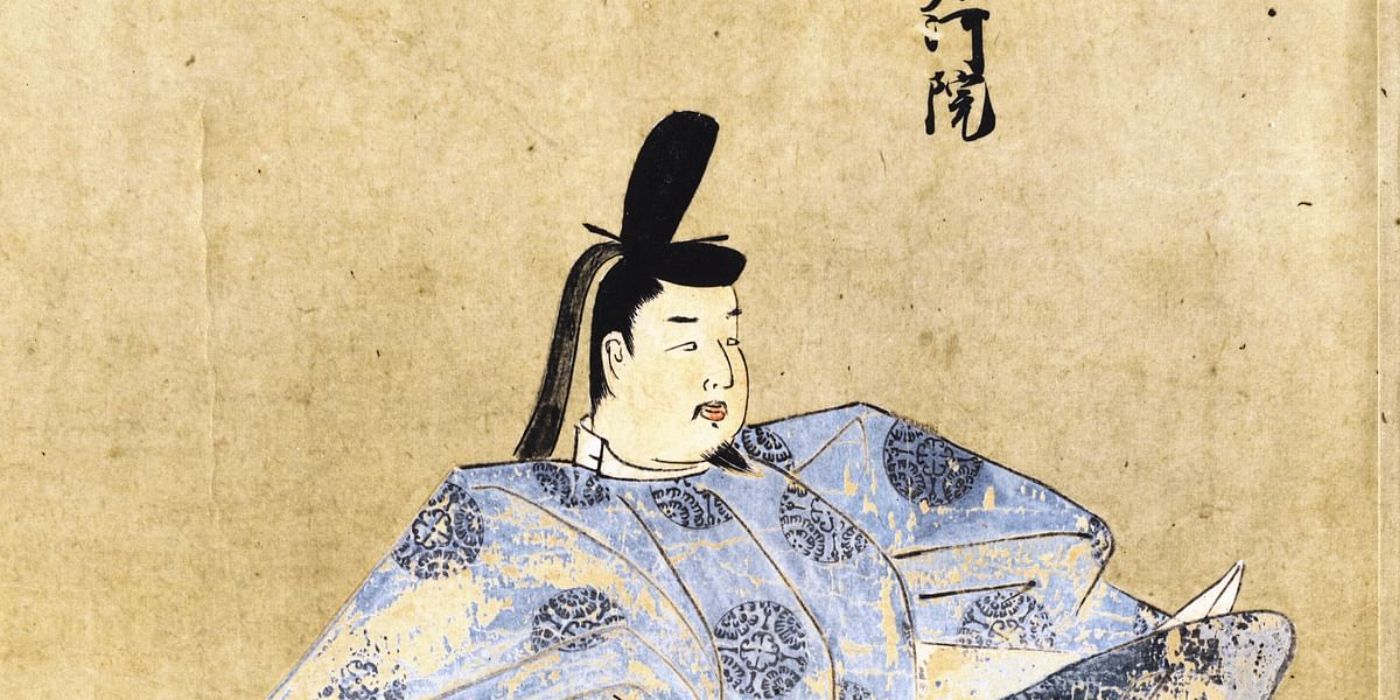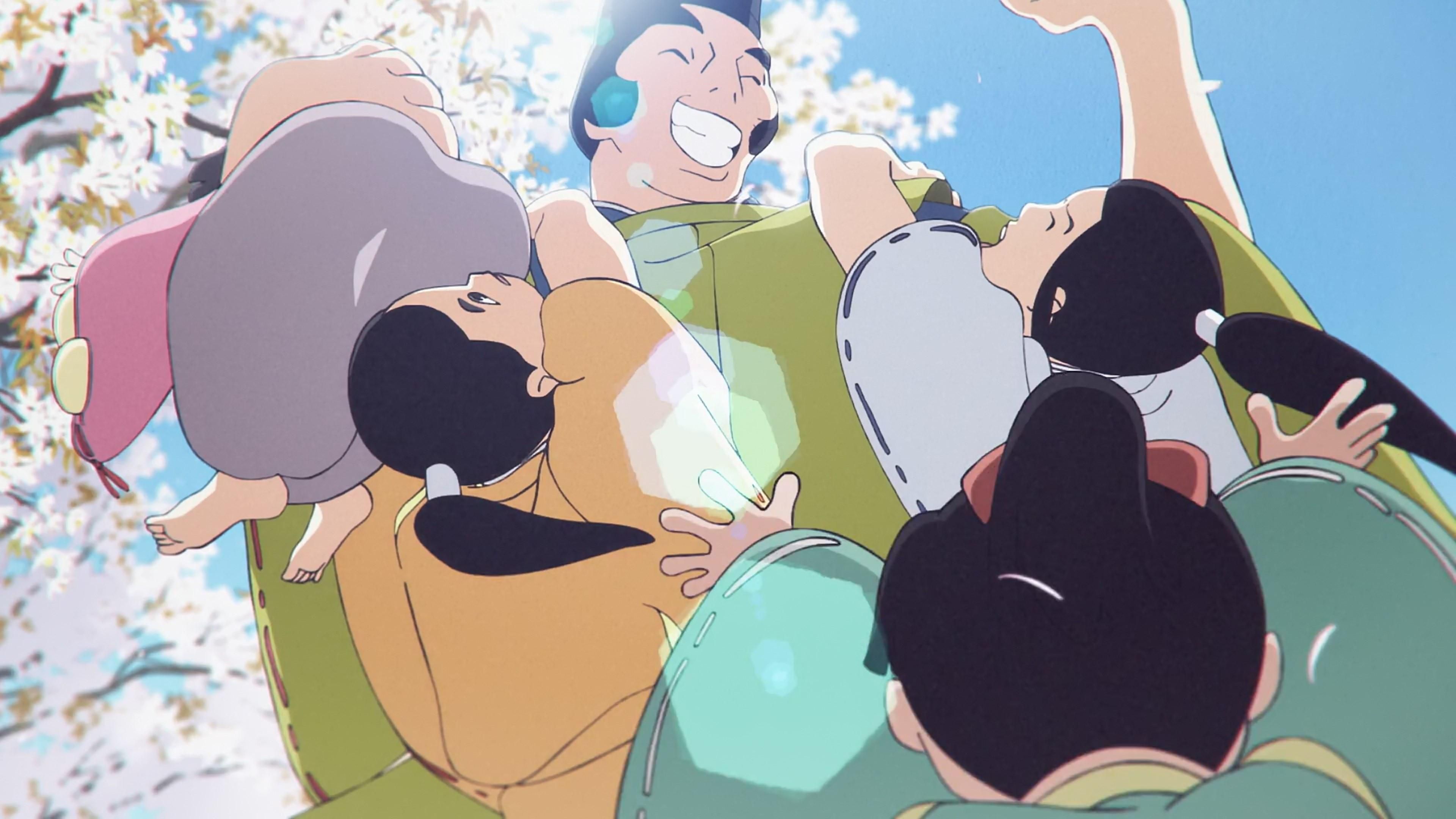
As one of Japan's biggest cultural imports, it's no surprise that anime is a way in which many viewers learn about the country. This includes both its modern day quirks and sensibilities as well as more historical aspects of Japan. In the case of the latter, however, there's one royal component that's consistently missing from the mix.
Even in historical anime, the Japanese emperor is almost never a factor in the story. This major aspect of Japanese culture is instead completely looked over, with the real-life rulers of these eras never showing up in anime. There's actually a social reason for this, explaining why so many anime are seemingly afraid to feature historical emperors in any way. There are exceptions, of course, but for the most part, real-life emperors almost never rule the worlds seen in anime.
Even Anime Follows Japan's Most Royal Taboo
Japanese culture has a sort of unstated rule known as the "Chrysanthemum taboo." This forbids any ill speak of toward or concerning the Japanese emperor, be it a historical emperor or the current ruler of the country. After all, the emperor had long been seen in a divine light throughout Japanese history. Though this level of protection toward the emperor was briefly downplayed, the infamous "Shimanaka Incident" led to Japanese media going back to previous reverence for the royal figure. With the media as a whole not depicting the emperor in any way to avoid any further controversy. After all, it's arguable that the emperor's mere presence in some sort of story, regardless of how benign said depiction is, could be construed as some sort of criticism or political statement.
This obviously extends to anime, which is why there have been so few depictions of the Japanese emperor in even historical anime and manga. It would be as if American media had clamped down on any and all depictions of the President of the United States in media, curtailing even the presence of fictional presidents. It's odd that such a major art of Japanese culture and history is never brought up in anime, but it reflects this self-regulating nature that's different from Western ideas of free speech. There are exceptions to this rule, however, though even they somewhat skirt the line a bit.
Only a Few Anime Reference the Japanese Emperor
There are a few anime and manga franchises that actually do reference Japan's having an emperor, even if a real-life historical figure isn't directly mentioned or alluded to. One example is Genji Monogatari Sennenki, a 2009 anime based on the Heian period novel The Tale of Genji. In the case of that show, it's based around the son of a fictional emperor, with the story being centered on life in the Japanese royal court. The 2021 anime The Heike Story (produced by the studio behind parts of the anthology series Star Wars: Visions) took things a step further with how it adapted its book source material. Similarly dealing with power and the rise and fall of a particular family, the characters are almost entirely real-life historical figures. One such cast member is Emperor Go-Shirakawa, the 77th emperor of Japan. The imperial characters aren't necessarily major presences throughout the series, but the fact that their acknowledged and even have spoken lines says a lot.
This can largely be attributed to the time period in which these anime's source material was published. The Tale of the Heike was compiled in the 1300s, whereas the Chrysanthemum taboo only came about starting in the much later Meiji period. Given this stipulation, it and its anime adaptation were "allowed" such privileges as actually featuring major Japanese historical figures. These are still notable exceptions, however, especially since historical anime of this nature are so rare. Anime set right after World War II are not very uncommon, and this is the era in which the taboo really began to become lax for a while. Some anime such as Inuyasha feature semi-historical settings, but in a far more fantastical way. The popular series One Piece has characters titled as emperors, but this has a different meaning than the rank carries in real-life Japanese society. The same effect is even felt in more realistic slice of life anime, which never bring up the emperor in a historical or modern day context.



Post a Comment